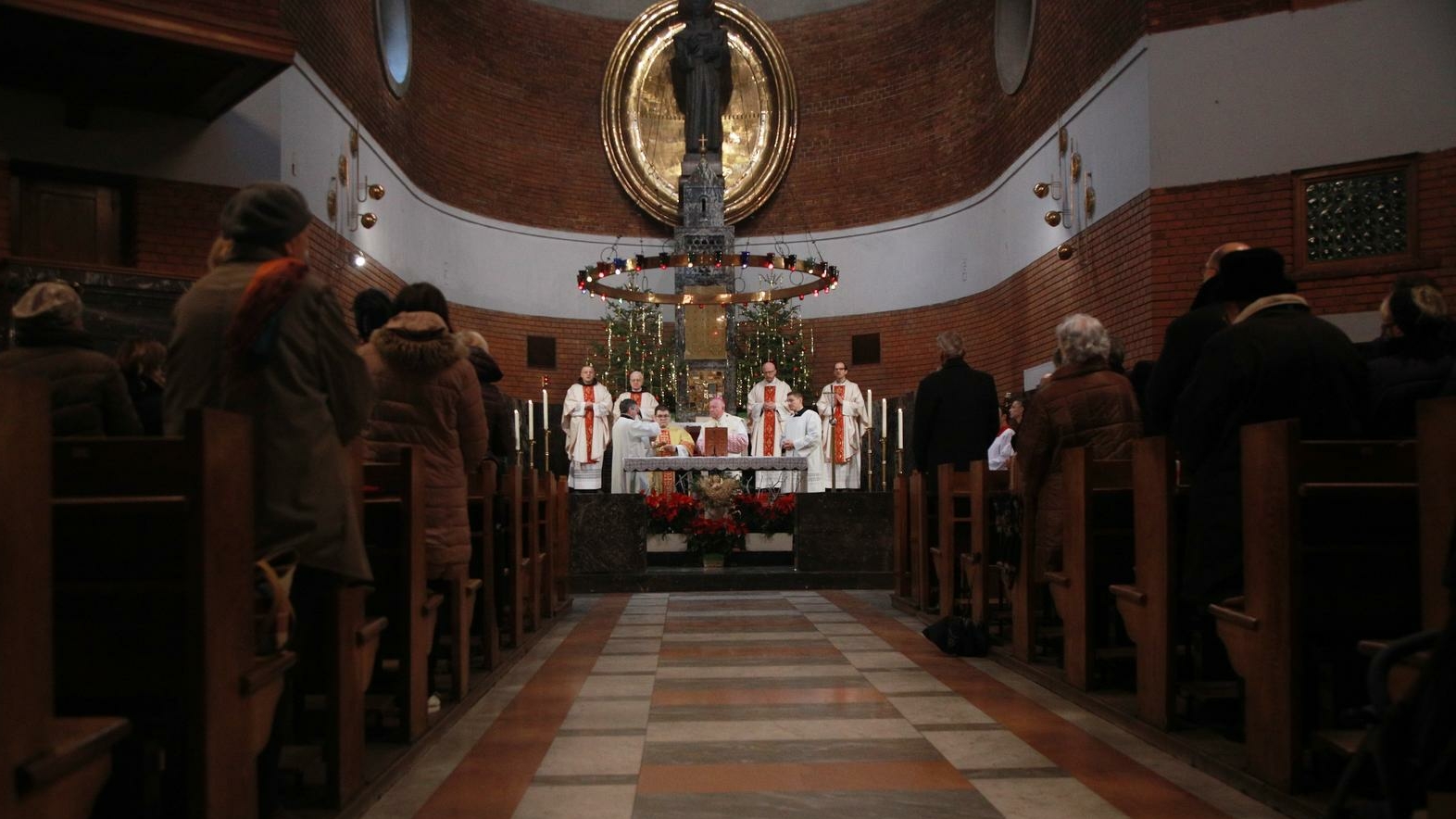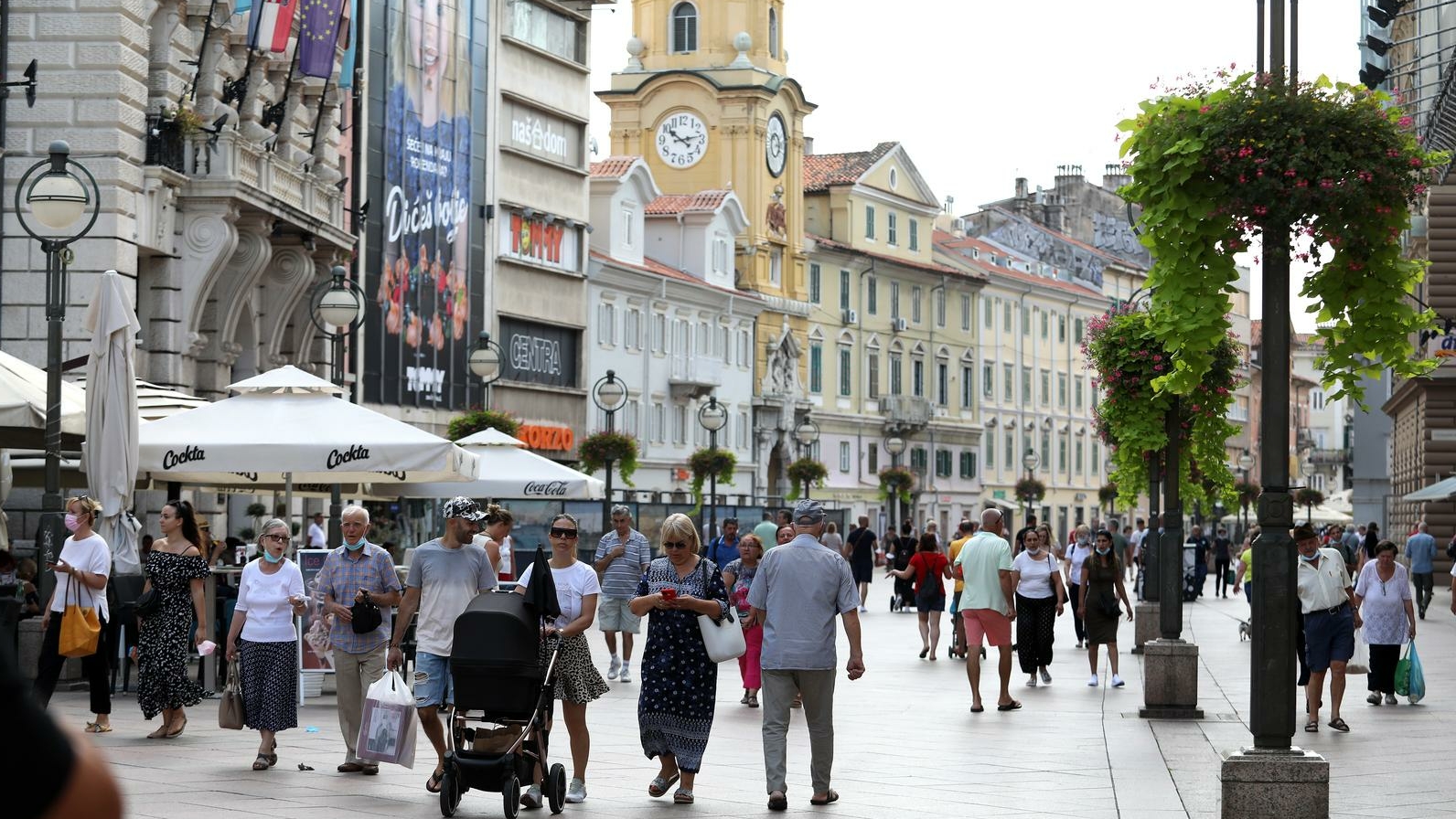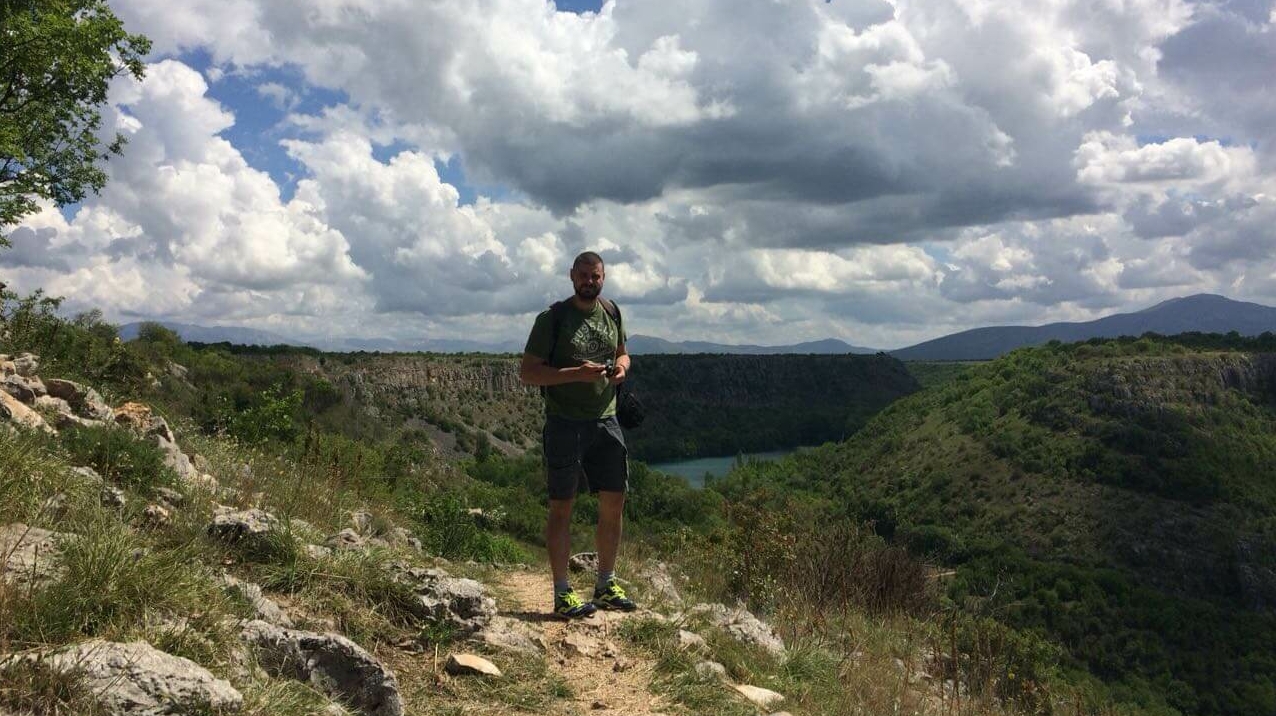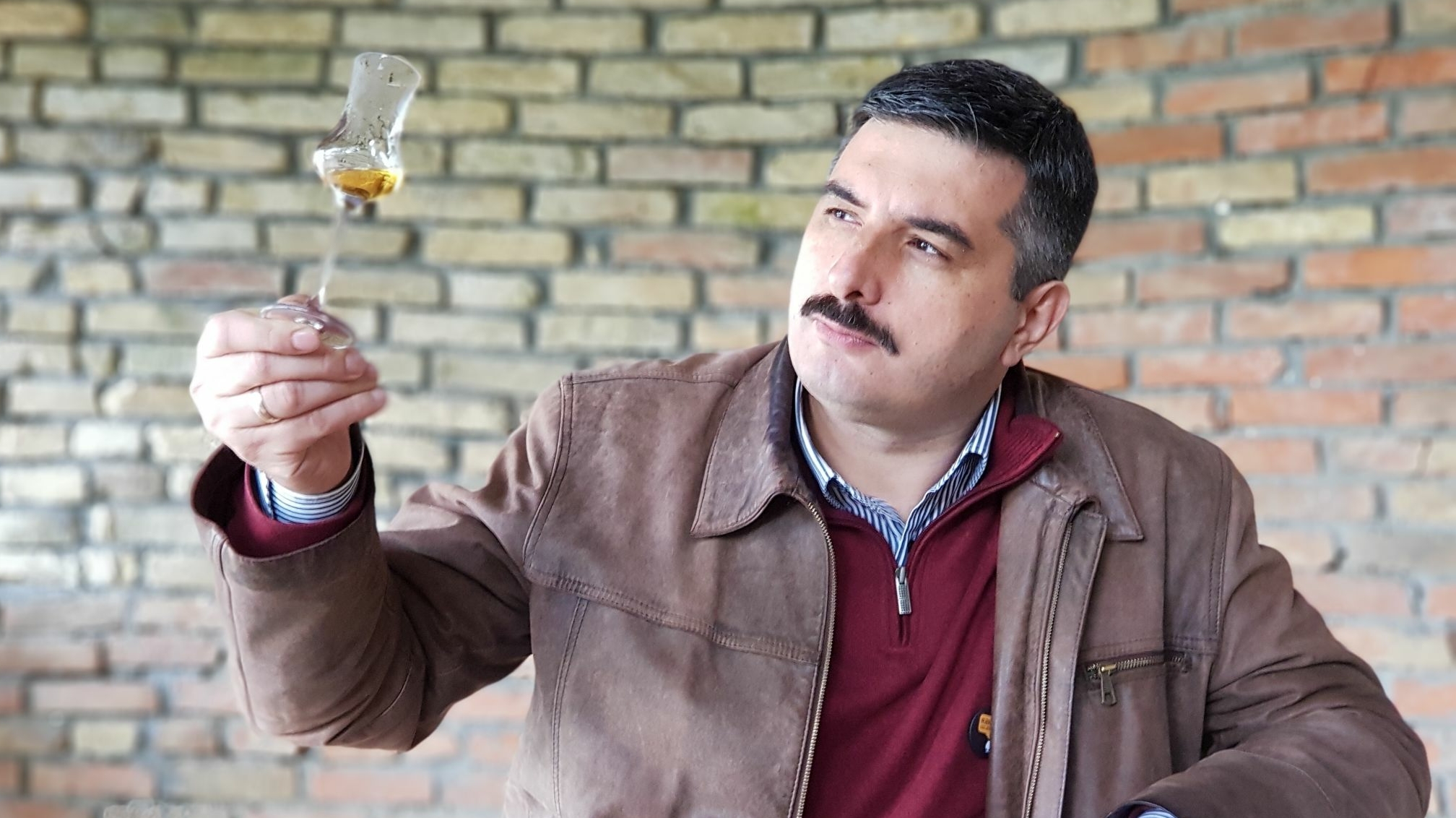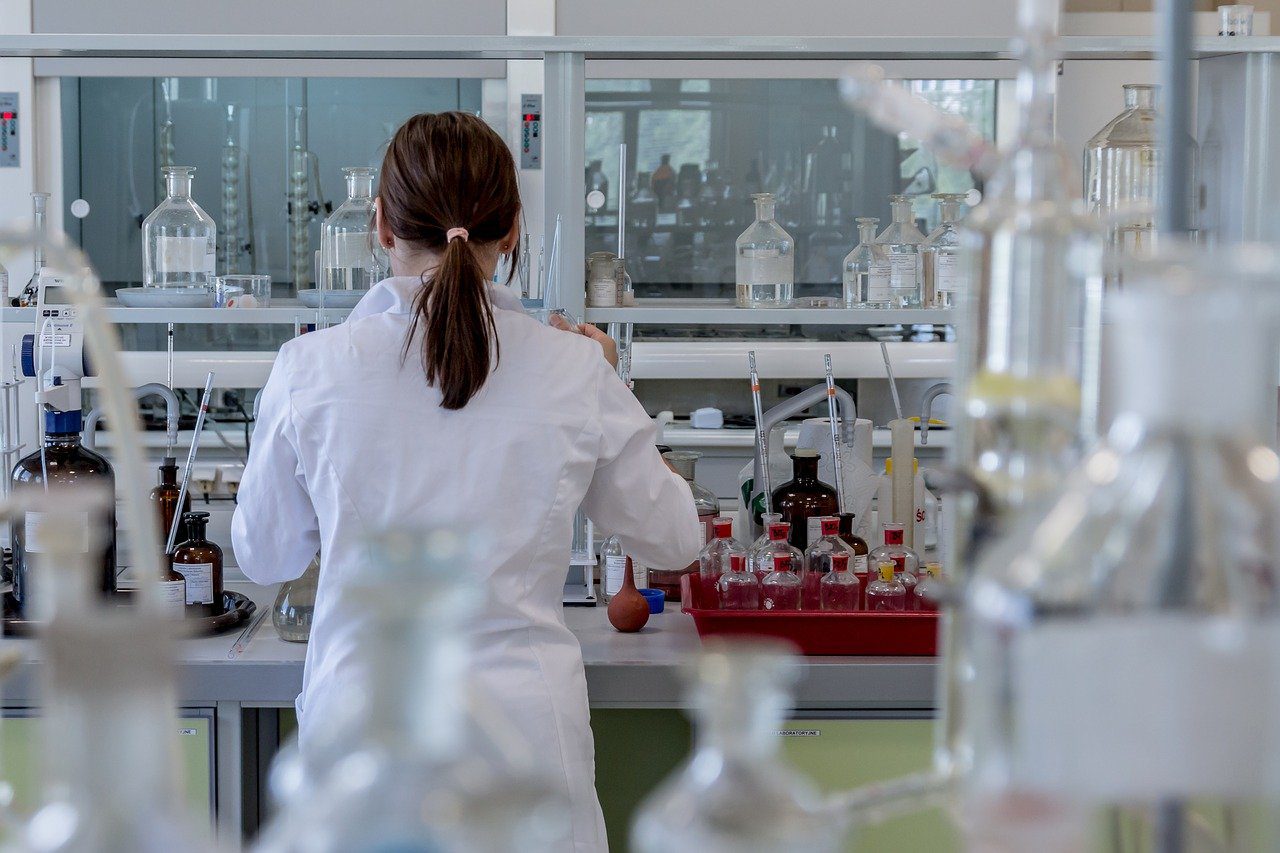In our region, we have had our fair share of religious and national intolerance in both recent and more distant past, and, sadly, we still see it in many places today. But luckily, there are also examples of tolerance, coexistence and dialogue between different cultures, nations and religions. One such good place that welcomes difference and diversity is the Catholic Archdiocese of Belgrade. The Archdiocese of Belgrade is the largest administrative unit of the Catholic Church in Serbia by territory; it occupies the central part of Serbia and has the Diocese of Subotica and the Diocese of Zrenjanin under its jurisdiction. The Archdiocese of Belgrade is a member of the International Bishops’ Conference of St. Cyril and Methodius, with a seat in Belgrade, where the Cathedral of the Blessed Virgin Mary is located. It is currently headed by Archbishop Stanislav Hočevar.
Christianity in this area goes back to the 4th century, the Roman period, when Belgrade was called Singidunum and all Christians still lived in unity and harmony, even with all the turbulences of the Balkans as a border region, attacked by various armies and later vied for by two empires: the Western Roman Empire and Byzantium. After the Great Schism of 1054,
most of the population of Serbia became Orthodox, with significant Catholic communities. They were either autochthonous, as in Vojvodina, or were formed in commerce centers or miners’ and workers’ settlements, to which people from various regions came. The Diocese of Smederevo was founded in the 16th century and the Catholic churches in Niš and Kragujevac in the 19th century. There were around 600 Catholics in Kragujevac at that time; they worked at the factory there. In 1851, Pope Pius IX appointed Đakovo Bishop Josip Juraj Strossmayer as vicar apostolic of the Princedom of Serbia, later the Kingdom of Serbia, where around 10,000 Catholics lived at the time. Shortly before the beginning of the First World War, the Kingdom of Serbia and the Holy See signed a concordat which established the Archdiocese of Belgrade. Along with regular clergy, monks of the following orders are active in the archdiocese today: Franciscans of the Province of Bosna Srebrena, Lazarists of the Slovenian Province, Jesuits of the Croatian Province and Salesians of the Slovenian Province. Female religious orders active in the archdiocese are the Daughters of Charity of Saint Vincent de Paul, Daughters of Christian Love of Saint Vincent de Paul (usmiljenke), Little Sisters of Jesus and Sisters Servants of Mary Immaculate. Two lay orders are also active: the Focolare Movement and the Neocatechumenal Way. In this short article, we will say a little more about the Jesuits, who first arrived in Belgrade from Dubrovnik and Pag in the late 16th century, together with Venetian merchants. In 1613, the Jesuits in Belgrade founded and ran the first gymnasium in the Balkans, with 32 students in the beginning. Due to Ottoman conquests, these priests left and returned, permanently staying in Belgrade from 1929. The front of the Jesuit church in Makedonska Street bears a darkened plaque that reads: the Church of Saint Peter, the Mother of God of Belgrade. The Archdiocese of Belgrade is divided into 18 parishes: six parishes in Belgrade and parishes in Valjevo, Šabac, Bor, Zaječar, Niš, Aleksinac, Kraljevo, Kragujevac, Smederevo, Jagodina and Ravna Reka. There is a chapel in Kruševac in the Kragujevac parish and chapels in Užice and Vrnjačka Banja in the Ravna Reka parish.
What is life like for Catholics in Serbia among the Orthodox majority? The city of Subotica, which is under the jurisdiction of the Archdiocese of Belgrade, is home to the largest number of Catholics in Serbia. More than 50% of the city’s population is Catholic and is primarily of Croatian and Hungarian ethnicity. There are eight Catholic churches in the city, the Paulinum – the only Catholic high school in Serbia – and the Theological and Catechetical Institute. Catholic citizens of Subotica tell us that they have freely practiced their faith in this area of north Bačka since 1090, when the Diocese of Subotica was founded, but also that their whole region is authentically multicultural and that Catholic and Orthodox believers attend each other’s church holidays, spend time together and respect each other. The 1990s, with their wars, hatred and violence, were a painful test of the interreligious and interethnic understanding, but, 30 years later, ethnicities in Vojvodina live side by side in comparative tolerance and harmony.
“Christians of the Eastern and Western rite managed to survive and keep their Christian heritage. On an everyday, personal level, people from this area respect and appreciate our multireligious quality,” say Subotica citizens. The problems that affect minority Catholic communities in Serbia, they say, are the same that affect others – a poor demographic situation, the emigration of young people and poor economic conditions.
The beauty of togetherness
Similar problems trouble the Catholics of Niš, where the parish was established before the Archdiocese of Belgrade, in 1878. “The fact that we are a minority and that there are not many of us is irrelevant. A bigger problem for us is how children receive these things and how they have access to all kinds of information, on the internet and off it, and are influenced by it. But as a religious minority, we don’t differ in anything. We, for example, celebrate Saint Sebastian, and that is on the same day as Saint Jovan, and it’s all similar,” say Catholics in Niš.
The Niš parish priest, Marko Trošt, who came to this parish from Slovenia, says that Niš is a microcosm of the world.
“People here live the beauty of togetherness, for the beauty of this community is in the fact it is not focused only on one ethnicity. It is a testimony with one’s own life, and this togetherness attracts people. When we celebrate Easter, for example, everyone brings a tradition of their own, and it is interesting to see these little differences. This religious dimension is very important for us believers,” says the parish priest.
In Niš, as in other places, there are many people from mixed marriages; one lady from Niš says: “Easter eggs are dyed twice in our house.” According to the last census from 2011, there are around 1,000 Catholics in Niš proper and around 3,000 together with the surrounding area. The parish priest adds that the Catholics in this area belong to over 20 ethnicities. “There are those from mixed marriages from former Yugoslavia; there are Italians, Poles, people from Ireland, France, Hungary, Germany, Spain and even from North and South America.”
Looking at the multireligious landscape of Serbia and Catholics in it, we can say that the atmosphere of tolerance functions pretty well. Whether the pope will visit Belgrade and whether Alojzije Stepinac will be canonized are questions, shall we say, of high politics, but for ordinary people in Serbia, Catholic believers are their fellow citizens and neighbors, whose religious holidays they will gladly attend and whom they will invite to their own. There will always be overzealous moralists and those who find a fault in everything, but the key thing is that there is no atmosphere of sidelong glances, hateful graffiti and malicious comments toward Catholic believers in the Serbian public.
Two lungs of the same being
Throughout his service in Belgrade, Archbishop Stanislav Hočevar has repeatedly emphasized that the Christian Church in this region must breathe “with both lungs,” and that is possible only if we live the desired unity in faith by respecting differences and nurturing dialogue, meetings and brotherly conversation. “When I came to Belgrade 20 years ago, many said it would be hard for me, but everyone here received me with warmth and friendliness. Many had doubts in the beginning, while others reproached me for being ‘too much of a Serb,’ but it is much clearer to everyone now – it pays off being authentic, boldly continuing in your path and not paying much attention to what people are saying. We all have a duty to overcome prejudices and the bad things from the past and see that we are friends, the sons and daughters of the same father,” Hočevar says.
He highlights the meeting between Pope Paul VI and Athenagoras, the Patriarch of Constantinople, in the Garden of Gethsemane in 1964 – the first meeting of the heads of the Catholic and Orthodox Churches after a thousand years – as the event that changed his outlook on faith and life. “In that embrace, I saw the embrace of the East and the West and the words of the prophet Isaiah that we would all live together,” Hočevar says. “Forgiveness is important and is not a legal or moral principle – forgiveness comes from love. He who wants to love must forgive. If there is no love, then we truly live in heresy. We must be realists in life because this generation cannot solve all the issues, accumulated through centuries, but we can be open and walk in mutual understanding with our brothers,” says the Archbishop of Belgrade.
What does this mutual understanding look like in Serbia today? From time to time, in Belgrade and elsewhere in Serbia, Orthodox, Catholic and Protestant believers come together for common prayer meetings; theological literature is exchanged, as well as guest theologians of all three denominations. Students of the Faculty of Orthodox Theology in Belgrade who want to study theology at colleges in Western Europe get recommendations from the Archdiocese of Belgrade. The city-funded project of installing large mosaics in the cathedral church in Belgrade is currently underway. The mosaics will be created by Marko Rupnik, one of the world’s leading artists in the field of religious mosaics. Since the mosaics will cover much of the cathedral’s walls and façade and largely be installed on the belfry, they will be visible to all the citizens of Belgrade. There are some 40,000 Catholics in the area of the Archdiocese of Belgrade; in the census in 2011, 357,000 citizens of Serbia identified as Catholic, which is about five percent of the population. However, “our strength is not in geography but in togetherness,” says Belgrade Archbishop Hočevar, and when it comes to interreligious tolerance in Serbia, that thought of this good and honest man seems credible and true.
Translation from Croatian: Jelena Šimparaga


